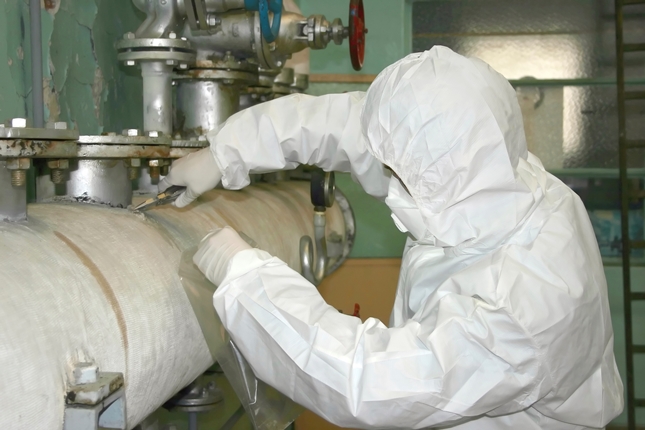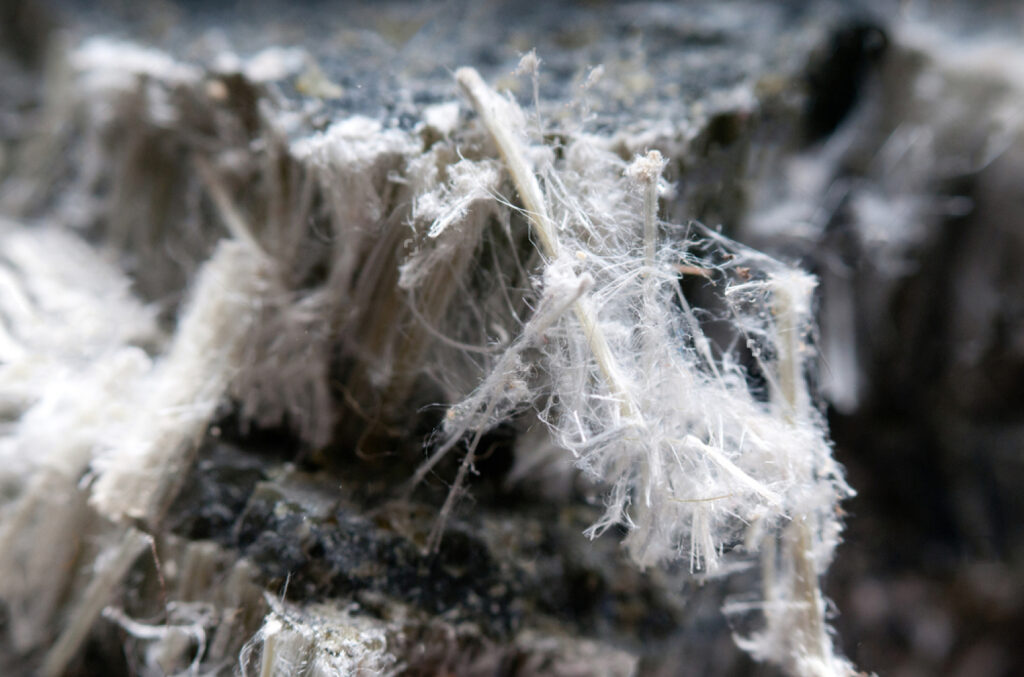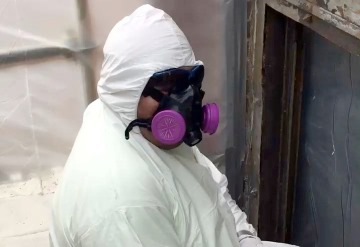Environmental Remediation
Asbestos abatement process – PCS, Inc. provides turn-key removal, disposal and encapsulation of asbestos-containing materials (ACM). Through a multi-phase approach of inspection, in-house management and oversight, we provide the following practical and cost-effective solutions for asbestos hazards in federal, commercial, institutional, industrial and health care facilities.



Asbestos is a naturally occurring mineral composed of flexible fibers that are resistant to heat, electricity and corrosion. These qualities make the mineral useful. However, asbestos exposure is highly toxic.
Asbestos was widely used in construction as an effective insulator, and it can be added to cloth, paper, cement, plastic and other materials to make them stronger. But when asbestos dust is inhaled or ingested, the fibers can become permanently trapped in the body. Over decades, trapped asbestos fibers can cause inflammation, scarring and eventually genetic damage.
Microscopic asbestos fibers cannot be seen, smelled or tasted. Unless it is clearly marked as asbestos, the only way to detect asbestos in an unmarked material is to send a sample to a lab for testing or hire an accredited asbestos inspector.
Asbestos is not banned in the United States, but it is highly regulated. The asbestos industry has powerful lobbying organizations protecting its profits. The toxic mineral is still commonly used in Russia, China, India and Mexico.
Source: asbestos.com
Although asbestos comes from all over the world, the main exporters are Russia, Kazakhstan and China. The toxic mineral was once mined throughout North America.
Asbestos may be found in large deposits or as contaminates in other minerals such as talc and vermiculite. Chrysotile asbestos is usually found as veins within serpentine rock.
While most commercial asbestos deposits contain 5% to 6% asbestos, some deposits, such as the Coalinga deposit in California, contain 50% or more asbestos.
Scientific studies show exposure to asbestos is linked to several diseases, including cancers.
Mesothelioma is a type of cancer almost exclusively caused by asbestos exposure. The mineral also causes asbestos-related lung cancer, ovarian cancer and laryngeal cancer.
No amount of asbestos exposure is safe, but asbestos generally has the worst effects when a person is exposed to an intense concentration of it, or they are exposed on a regular basis over a long period of time.
Asbestos accumulates in the body with every exposure, and there is no known way to reverse the damage it causes.
Fibers are easily inhaled once they become airborne. It is important to avoid disturbing products that may contain asbestos. Additionally, people who live near naturally occurring asbestos deposits should avoid disturbing soil that may be contaminated.
The majority of patients with asbestos-related diseases are men in their 60s or older. This is because asbestos-related diseases have a long latency period, often taking decades to develop. They usually trace back to occupational exposure at workplaces historically staffed by men.
When Americans are exposed to asbestos today, it is usually through renovation or demolition work on an old building that still contains legacy asbestos products. It less commonly happens to workers at risk of exposure to a handful of new asbestos products that remain legal to import into the U.S.
In 2020, the U.S. Environmental Protection Agency completed a risk evaluation for legal chrysotile asbestos products and found an unreasonable exposure risk to workers handling asbestos diaphragms, sheet gaskets, oilfield brake blocks, aftermarket automotive brakes and linings, and other vehicle friction materials.
A 2019 rule enacted by the agency states manufacturers must seek government approval before selling discontinued uses of asbestos.

Visit our subsidiary company Thermal Science Technologies, LLC
For all PCS Accounts Payable invoices Please email to: invoicemd@powercomponentsystems.com